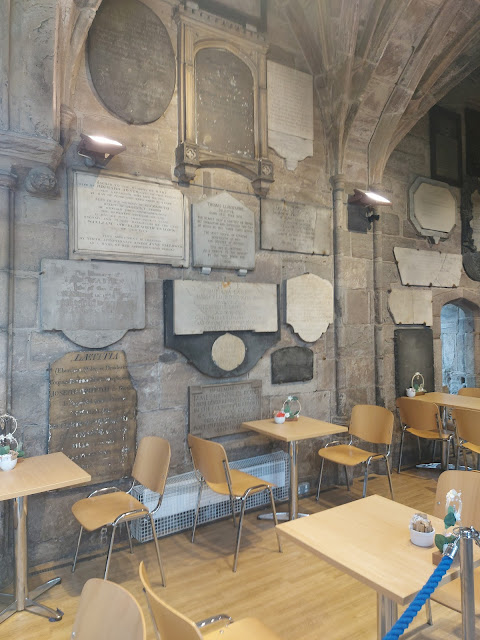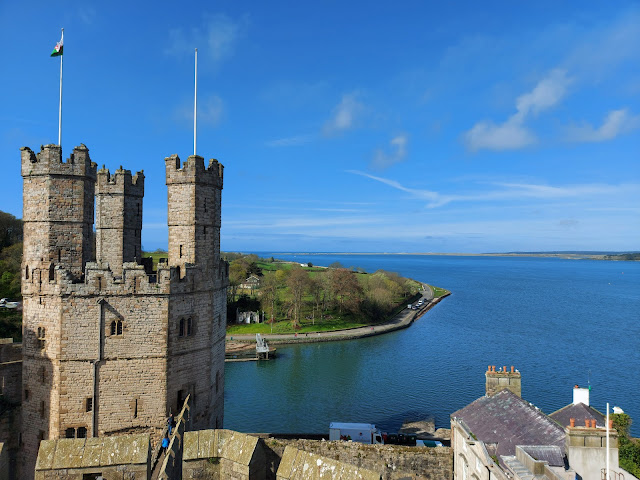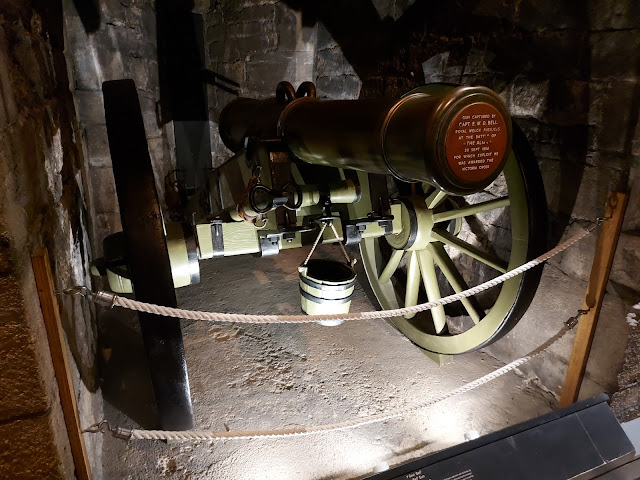 |
| Hereford is a cathedral city on the border of Wales and England. |
 |
| Hereford Cathedral was originally built in 1079 by the Normans. |
 |
| I never got used to the cafes in the cathedrals having tombstones in them. |
 |
| A 14th century book chest |
 |
| Hereford Cathedral houses the Mappa Mundi, made in 1300. |
 |
| Some of the map was... speculative. Or relied too heavily on ancient Greek and Roman sources. |
 |
| A handy English translation of the map was also featured. |
 |
| Hereford Cathedral is also home to the largest library of chained books in the world. |
 |
| Putta became the first Bishop of Hereford in the 7th century. |
 |
| Hereford Cathedral contains one of four 1217 Magna Carta copies. |
 |
| The Lady Chapel |
 |
| The tomb of John Swinfield, who died in 1311. The pig features are indeed a pun. |
 |
| Sir Richard de la Bere, High Sheriff of Herefordshire, died in 1514. His tomb depicts his two wives and twenty-one children. |
 |
| Just a picnic table on someone's tomb, NBD. |
 |
| A pleasant lunch in Hereford |
 |
| Hereford is a beautiful historic city overlooking the Wye River. |








































